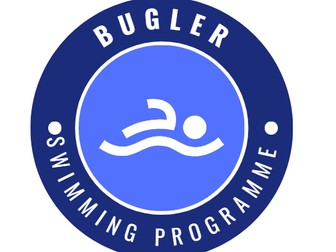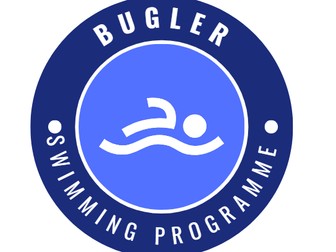All my lessons for Spanish Conversation
<p>I use these lessons to teach adult beginner in Spanish. They strip Modern Foreign Languages completely back to the basics. I love teaching my students using this method as there is absolutely no scope for ambiguity and students ‘CAN’T’ get it wrong!<br />
The Spanish in these lessons is conversational and I have only included words and phrases that I would hear and use when I actually lived in Spain.<br />
These lessons are not designed against a leading national curriculum. They are entirely for real life use.<br />
The methodology and pedagogy in these lessons have been constructed based upon findings by both NCELP and DR Conti.<br />
These lessons are designed to be taught ‘from the front’. You will start by saying showing your students the slides and saying sentences like “this ‘word’ means this (show them the word on the slide) and this ‘word’ means this (show them the word on the next slide) so how do you say this (show them the sentence on the next slide)”. You can either ask them to write the sentences on mini-whiteboards or test them on their short-term memory and get them to produce the sentences verbally. The sentences get longer and longer as you add more and more vocabulary to their working memory therefore the sentences get more and more difficult. Each time new vocabulary is given to students, ensure you practice ‘listening and repeating’ with them and conversations can be had on pronunciation and word orders when producing the sentences.<br />
This lesson style has recently been OFSTED inspected in England and have been classed as OUTSTANDING lessons. It was noted by the inspector that these lessons are particularly good amongst students with different SEN and lower attaining students and add a ‘good’ amount of challenge to all students.<br />
If my lesson style here is popular, I may add my KS3/KS4 Spanish/French curriculum using the same methodology.</p>

















